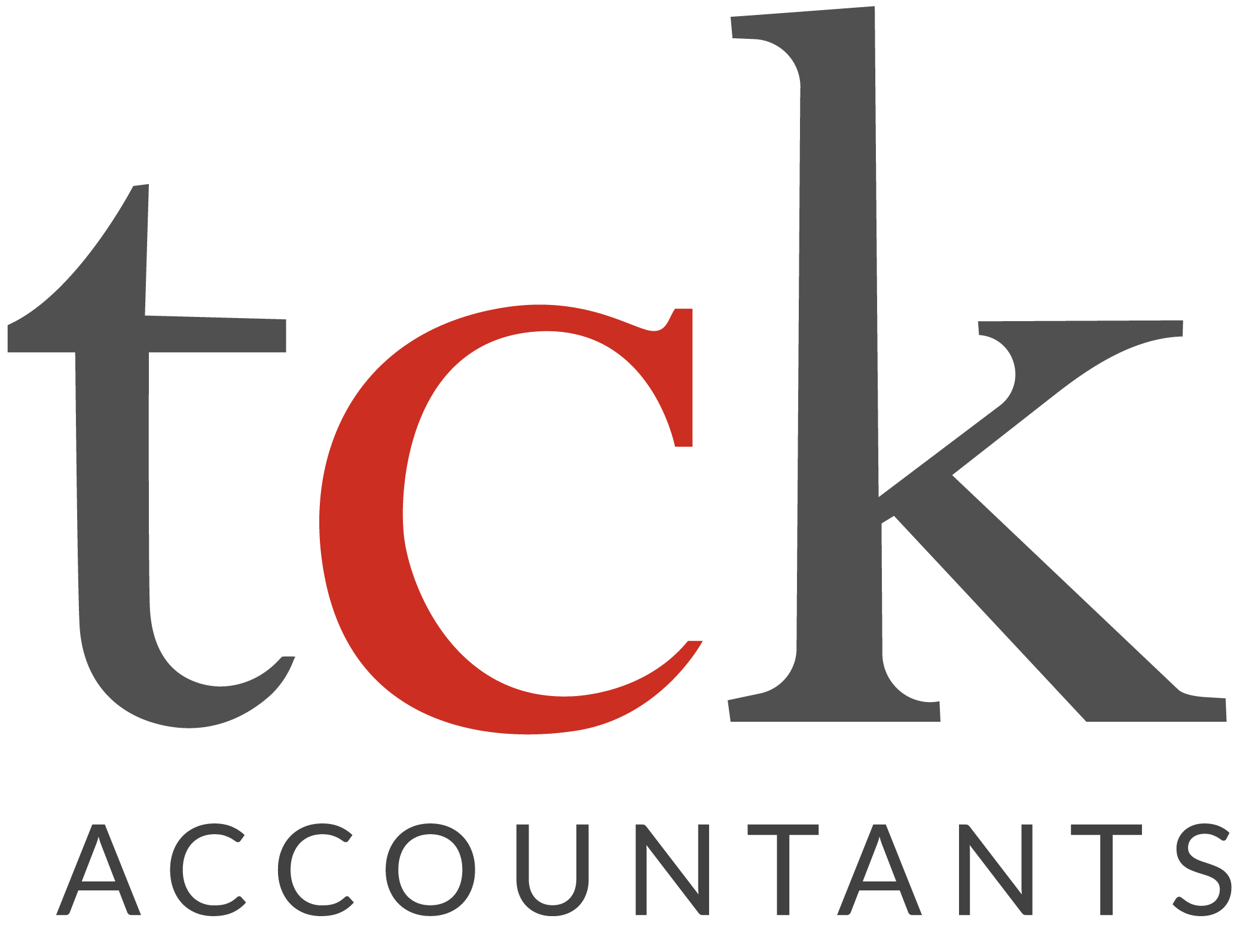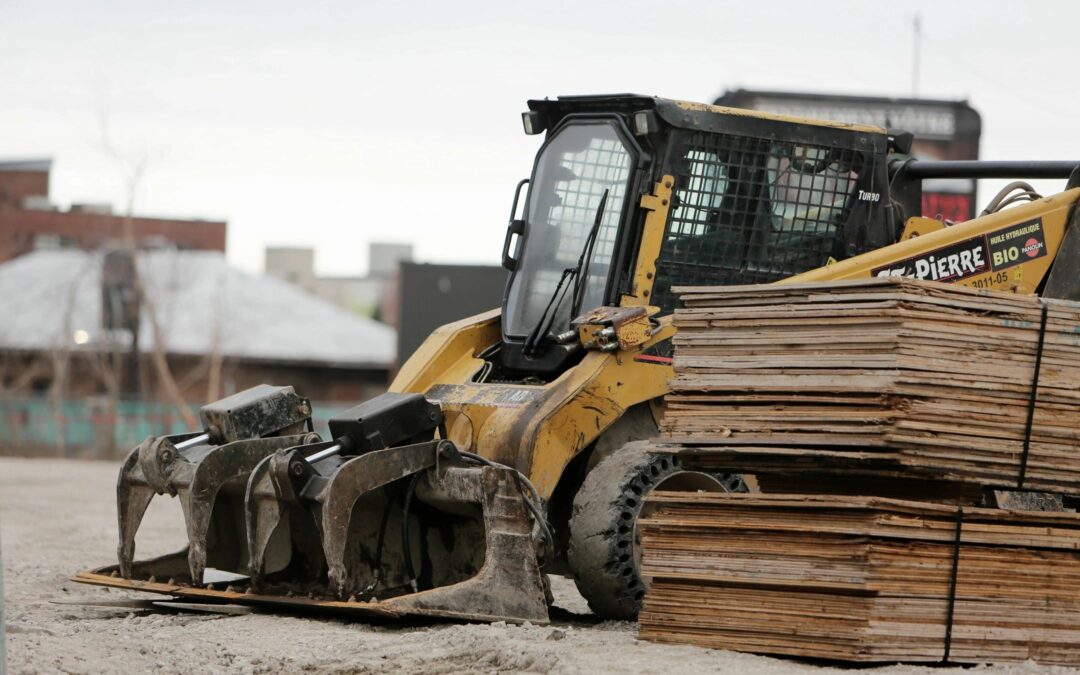Instant Asset Write-offs
With the 30 June 2021 year-end fast approaching, we thought we would take a closer look at this topic of interest for small business.
The “instant asset write-off” is an outright deduction available for the business portion of the cost of a depreciating asset for those small businesses that apply the simplified depreciation rules. This deduction is claimed in the income year in which an asset is first acquired and first used or installed, ready for use.
Let’s now examine the criteria relevant to claiming the instant asset write-off.
Eligibility
Small business entities that choose to apply the simplified depreciation rules are eligible to use the instant asset write-off, if:
- aggregated turnover(the total ordinary business income and that of any associated businesses) is less than $10 million; and
- the asset is a “low cost asset” (see below) and is not specifically excluded, for example, certain leased assets (for further details on excluded assets see here).
It is important to understand the date that the depreciating asset was purchased and when it was first used or installed ready for use.
Thresholds
In order to claim the instant asset write-off, a depreciating asset must be a “low cost asset” defined as an asset whose cost (as at the end of the income year in which the asset is used, or installed ready for use), is less than the relevant threshold.
The low cost asset threshold was originally $1,000 but has changed over the years, as indicatively set out in the table below.
| Asset acquired and first used / installed, ready for use | Low cost threshold (A$) |
| 12 May 2015 to 28 January 2019 | 20,000 |
| 29 January 2019 to 2 April 2019 | 25,000 |
| 3 April 2019 to 11 March 2020 | 30,000 |
| 12 March 2020 to 31 December 2020 | 150,000 |
The Federal Government’s stimulus measures announced in March 2020 saw the instant asset write-off threshold increase to $150,000. Providing an asset is purchased by 31 December 2020 and is first used or installed, ready for use, by 30 June 2021, then the $150,000 threshold will apply. The threshold will revert to $1,000 from 1 January 2021 (however, see below “temporary full expensing”).
Note: for a car, the instant asset write-off is limited to the business portion of the car limit for the relevant year (that is, $57,581 for 2019-20 and $59,136 for 2020-21).
The instant asset write-off is available for new and second-hand assets, and multiple assets, if the cost of each individual asset is less than the relevant threshold. If there is additional expenditure on a low cost asset (i.e. apart from the initial purchase) and the additional expenditure is less than the relevant low cost asset threshold (see table above), the business proportion of that expenditure is also deductible outright.
The ATO website has a page dedicated to the instant asset write-off for eligible businesses (see here).
General Small Business Pool
Special pooling rules apply to small businesses that choose to apply the simplified depreciation rules. The pool is called the general small business pool.
Subject to certain exceptions, depreciating assets held by small business entities that choose to apply the simplified depreciation rules are automatically allocated to the pool. Once a depreciating asset is allocated to the pool, it is not re-allocated, even if the entity is no longer a small business entity in a later income year.
Importantly, “low cost assets” that are subject to the instant asset write-off cannot be allocated to the general small business pool.
The rate of deduction for the pool for an income year is calculated using the following formula:
| Opening general small business pool balance × 30% | + | Depreciating assets acquired during the year × 15% |
An accelerated depreciation rate of 57.5% (instead of 15%) applies for qualifying assets that a small business starts to hold, and is first used or installed ready for use, between 12 March 2020 and 30 June 2021 (inclusive).
Any additions to the cost of a pooled asset incurred during the year are depreciable on the same half-rate basis as for assets acquired during the year (i.e. at the rate of 15% or 57.5%, as appropriate).
In summary,
- If the cost of an asset is the same as or more than the relevant instant asset write-off threshold, the asset must be placed into a general small business pool;
- Assets already pooled in the general small business pool must remain in the pool and cannot be re-allocated; and
- The total balance of the general small business pool can be written off when it falls below the relevant “low value pool threshold” (see below).
| Income Year |
Low Value Pool Threshold (A$) |
| 1 July 2014 to 30 June 2018 | 20,000 |
| 1 July 2018 to 28 January 2019 | 20,000 |
| 29 January 2019 to 2 April 2019 | 25,000 |
| 3 April 2019 to 11 March 2020 | 30,000 |
| 12 March 2020 to 31 December 2020 | 150,000 |
Temporary Full Expensing
As part of the Government’s economic response package to COVID-19, “temporary full expensing” was introduced with effect from 6 October 2020 to 30 June 2022.
Temporary full expensing allows a deduction for:
- the business portion of the cost of new eligible depreciating assets for businesses with an aggregated turnover under $5 billion;
- the business portion of the cost of eligible second-hand assets for businesses with an aggregated turnover under $50 million;
- the balance of a general small business pool at the end of each income year in this period, for businesses with an aggregated turnover under $10 million.
This means that for assets that start to be held, and first used (or are installed ready for use) for a taxable purpose from 6 October 2020 to 30 June 2022, the instant asset write-off does not apply. Instead, the business portion of the asset’s cost is immediately deductible under temporary full expensing.
Further, for income years ending between 6 October 2020 and 30 June 2022, small businesses can deduct the entire balance of their general small business pool under temporary full expensing.
Examples
Example: Exceeding the threshold
Barry owns a small plumbing business, Barry’s Plumbing, which has an aggregated turnover of less than $10 million. On 26 June 2017, Barry purchases a ute for $40,000. He estimates he will use the ute 40% of the time for his business.
Even though the cost of the ute to the business is $16,000 ($40,000 × 40%), Barry can’t use the instant asset write-off as the total cost of the ute of $40,000 exceeded the relevant threshold of $20,000.
Instead, he adds the $16,000 business portion of the ute’s cost to Barry’s Plumbing general small business pool.
Example: Asset purchased but not ready for use
Rebecca is a florist and has an aggregated turnover of less than $10 million. Her business requires a new van to help expand her deliveries.
Rebecca purchases a van for $24,500, which was paid for on 5 January 2019. Under the terms of the contract, delivery of the van is made on 31 January 2019 which is also when the van is ready for use. At that time, the instant asset write-off threshold was $25,000 and Rebecca claims the entire cost of the van in her 2019 tax return.
If the van had been delivered before 29 January 2019 and Rebecca started to use it at the time of delivery, Rebecca would not have been able to write-off the entire cost of the van. This is because the cost of the van exceeded the threshold applicable at that time of $20,000. Rebecca would instead add the van’s cost of $24,500 to her general small business pool.
Example: Small business purchase and pool in 2020-21 income year
TY Pty Ltd has an aggregated turnover of $9 million. TY Pty Ltd is eligible for and chooses to use the simplified depreciation rules.
TY Pty Ltd purchased a depreciating asset for $200,000 on 1 July 2020. It immediately began using the asset 100% for business purposes.
TY Pty Ltd cannot deduct the asset’s cost under temporary full expensing because it was incurred before 6 October 2020. Further, TY Pty Ltd cannot deduct the asset’s cost under instant asset write-off, as the asset costs more than the relevant threshold of $150,000.
The opening balance of TY Pty Ltd’s general small business pool is $100,000. The cost of the new asset of $200,000 is added to the pool. As temporary full expensing applies to TY Pty Ltd’s general small business pool for the income year ending 30 June 2021, TY Pty Ltd deducts the entire balance of the pool at the end of that income year (i.e. $300,000) in its 2021 income tax return.

